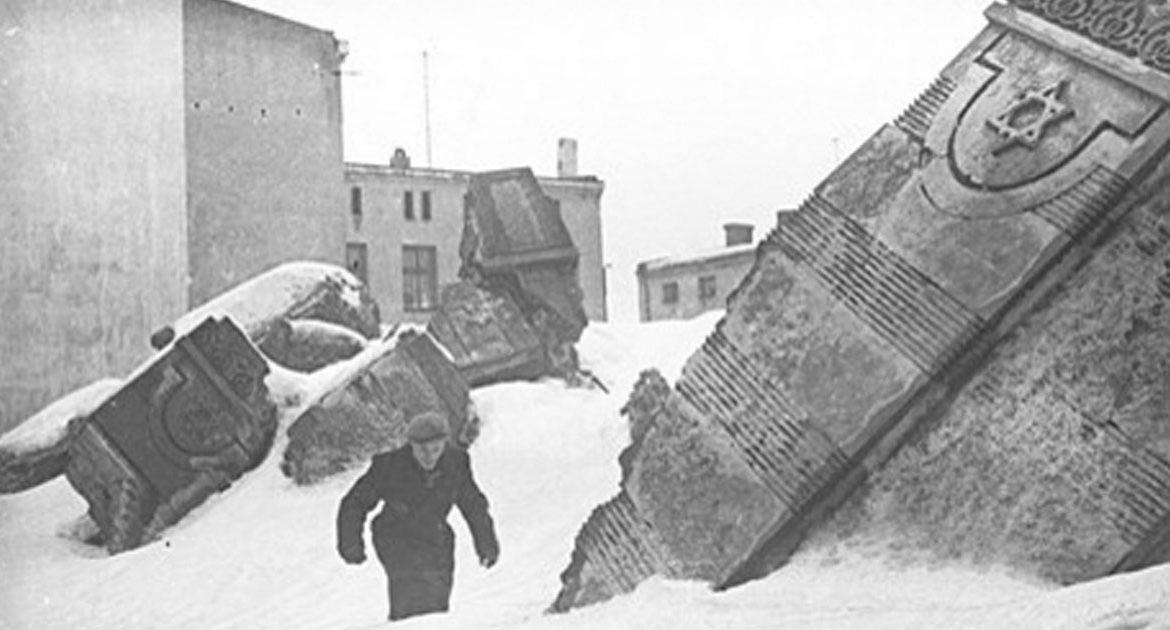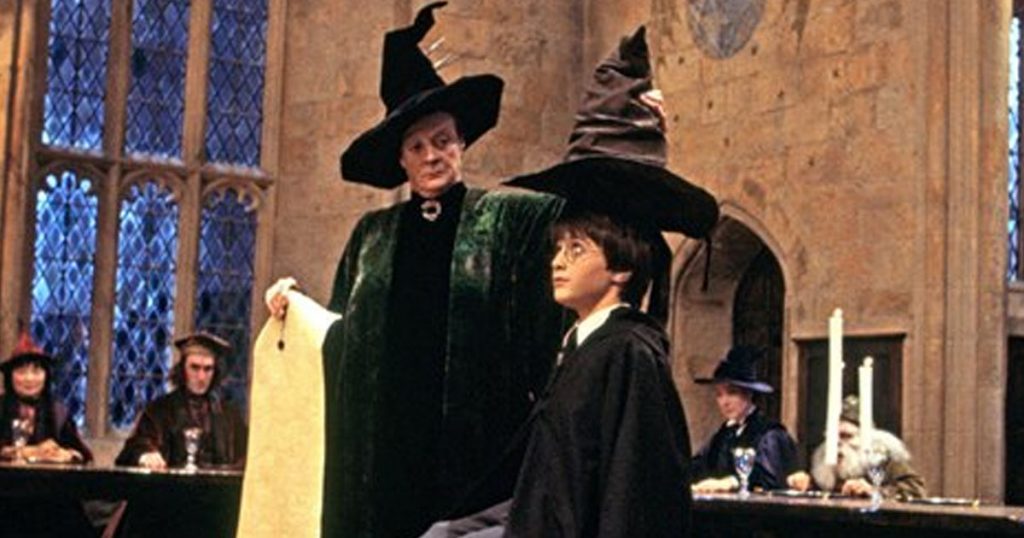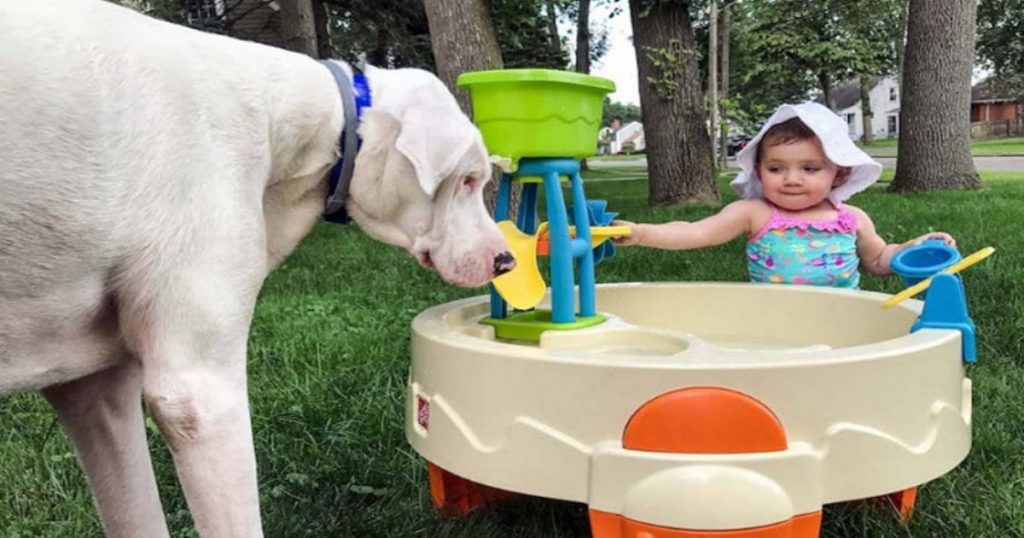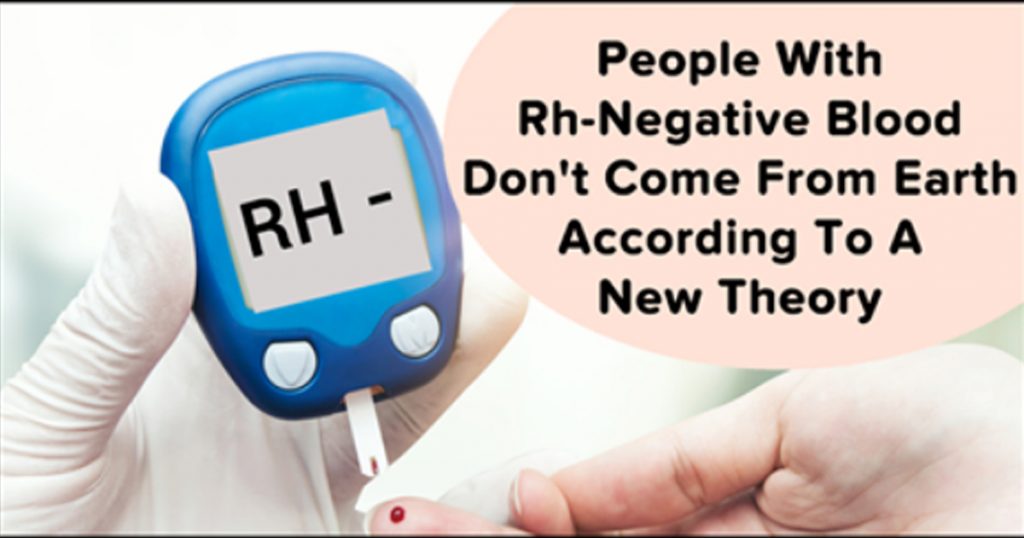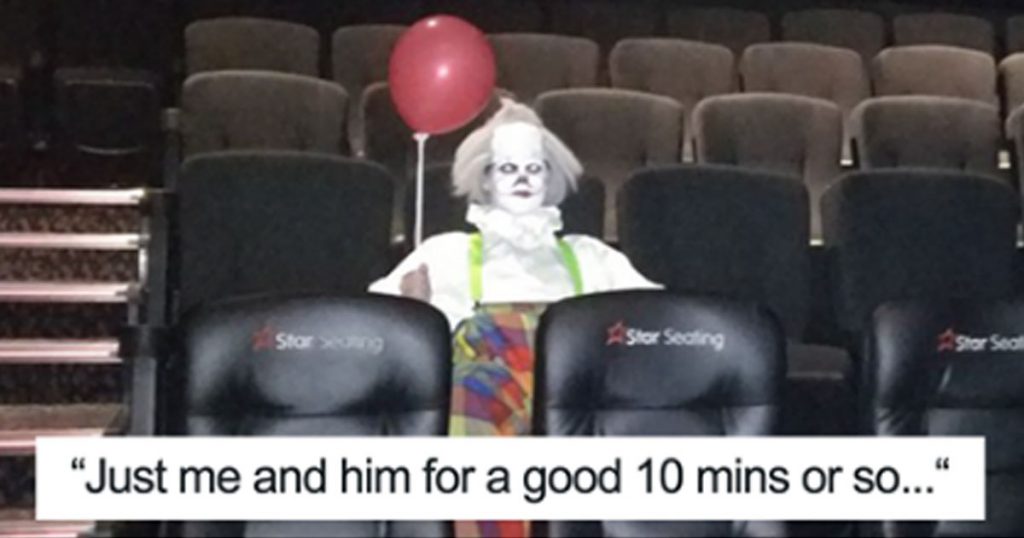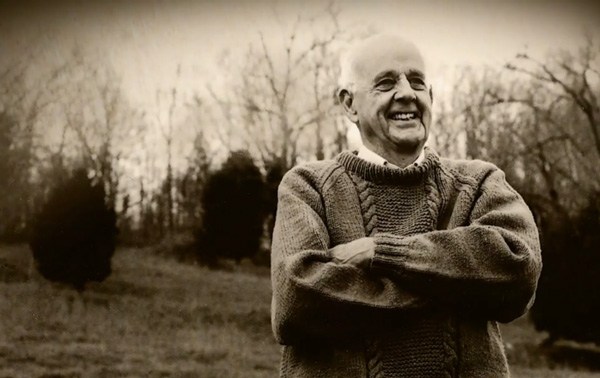World War II’s holocaust is inarguably one of the worst atrocities committed in the 20th century. The event cost the lives of millions of European Jews and split up families all across the continent. Still, another side effect of these crimes is that an entire period of history was lost by those who lived through it. As a result of it all, millions of Jewish intellectuals, writers and artists had their work lost forever. Though this is an undeniably tragic truth, these facts are part of what makes this story all the more amazing.
During the peak of the holocaust in 1944, Henryk Ross was living in the ghettos of Lodz, Poland after German forces invaded the city in 1939. Ross was a street photographer who had been forcibly employed by the Nazi Department of Statistics to take identification and propaganda photos for their regime. During that time, however, he risked his own safety to document daily life in the Lodz ghetto so that it could be preserved for future generations—here are 12 of these incredible images.
1. Ross Excavating his Hidden Photos (1945)
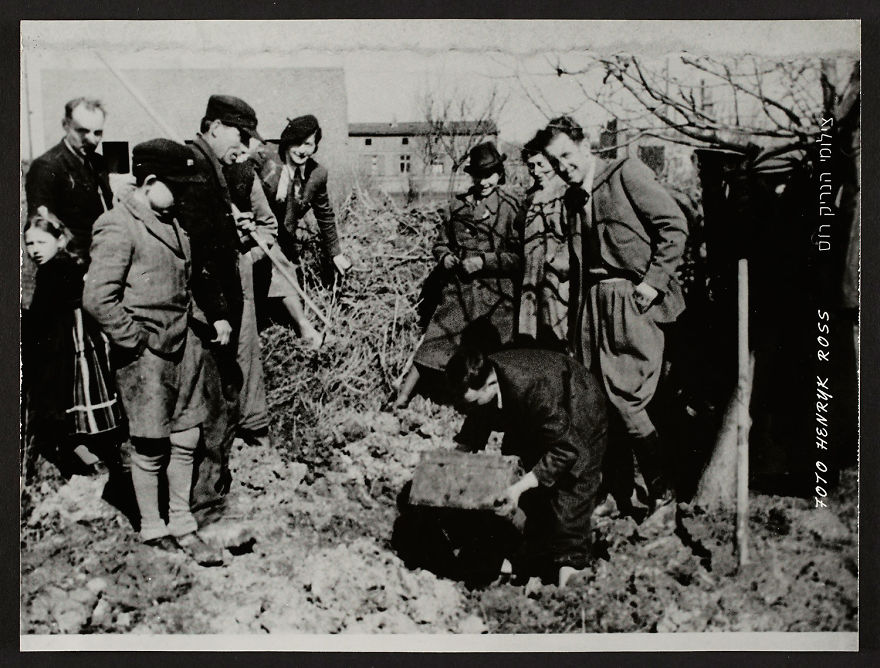
2. Portrait of a Couple (1940-1944)
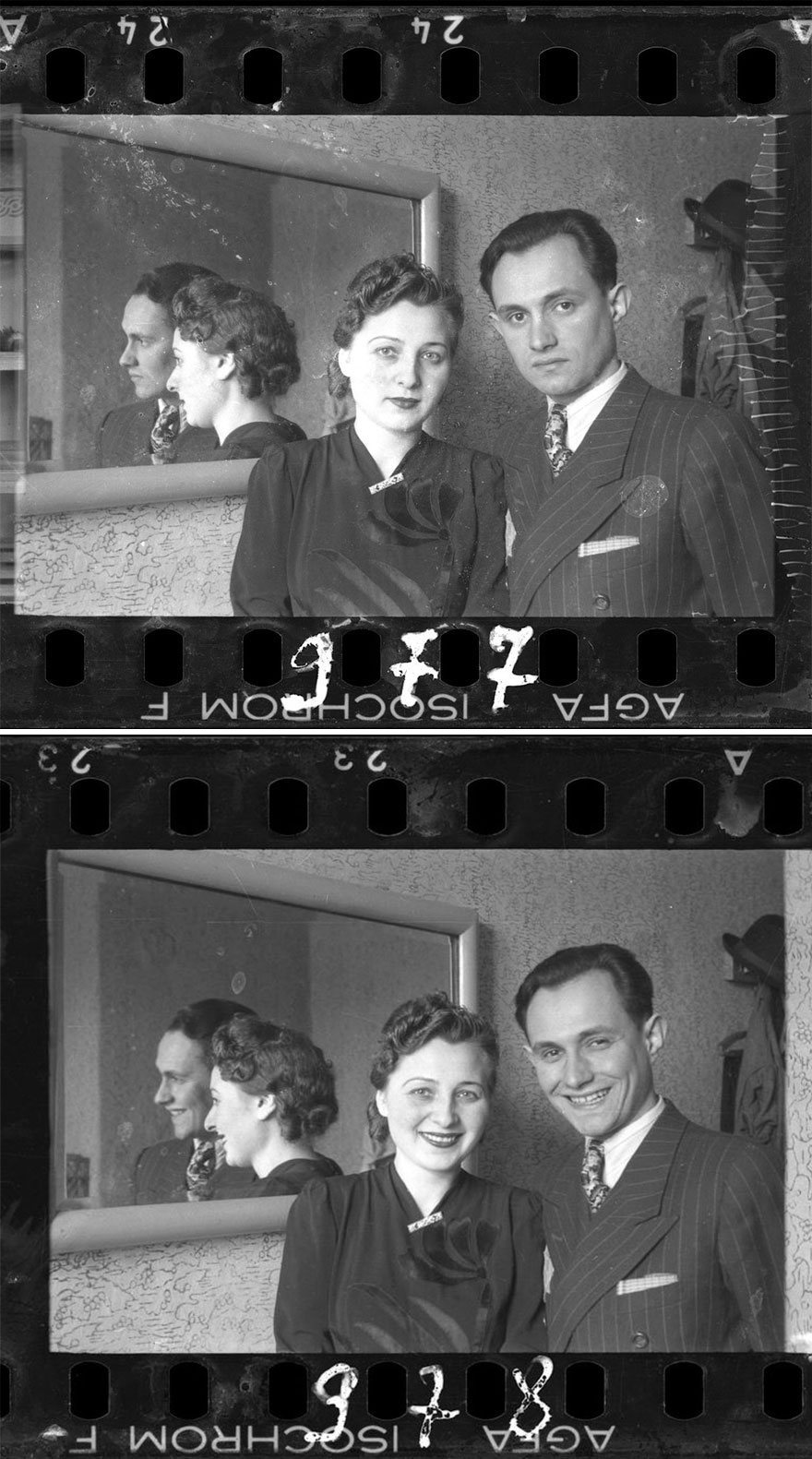
3. A Man Rescues a Torah from the Rubble of a Nearby Synagogue (1940)
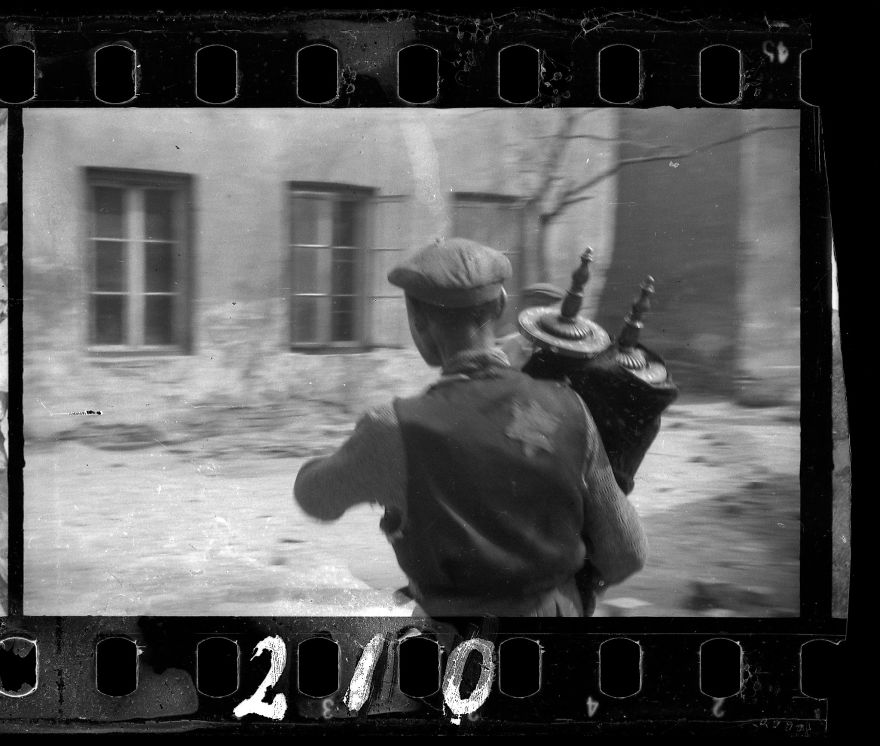
This photo in particular shows the rushed and secretive way in which Ross had to take all of these pictures. The slight blur of the image suggests both the motion of the subject and the hasty way in which Ross probably had to take the photo itself.
3. A Boy Searches for Food in the Dirt (1940-1944)
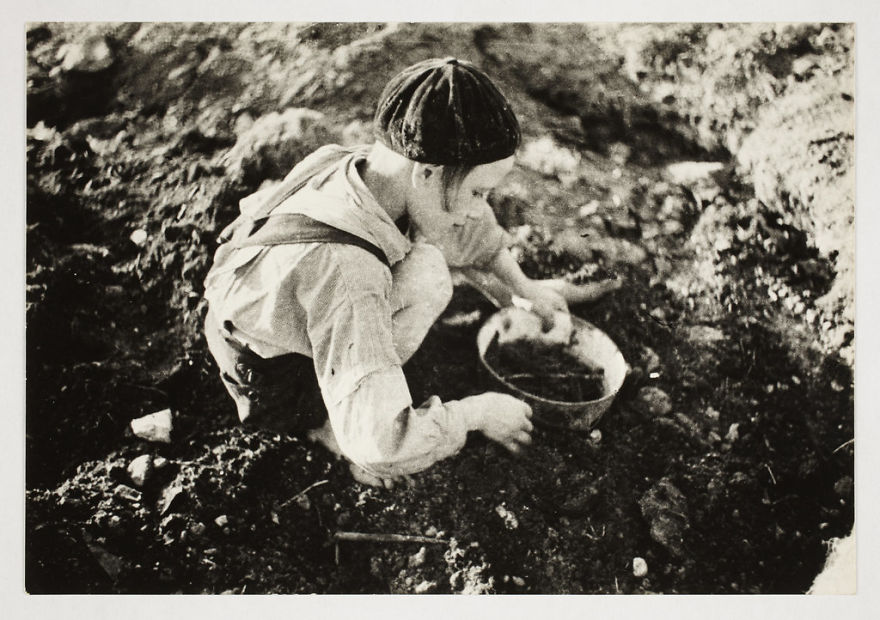
4. A Man Walks Through Snow in the Rubble of a Synagogue (1940)
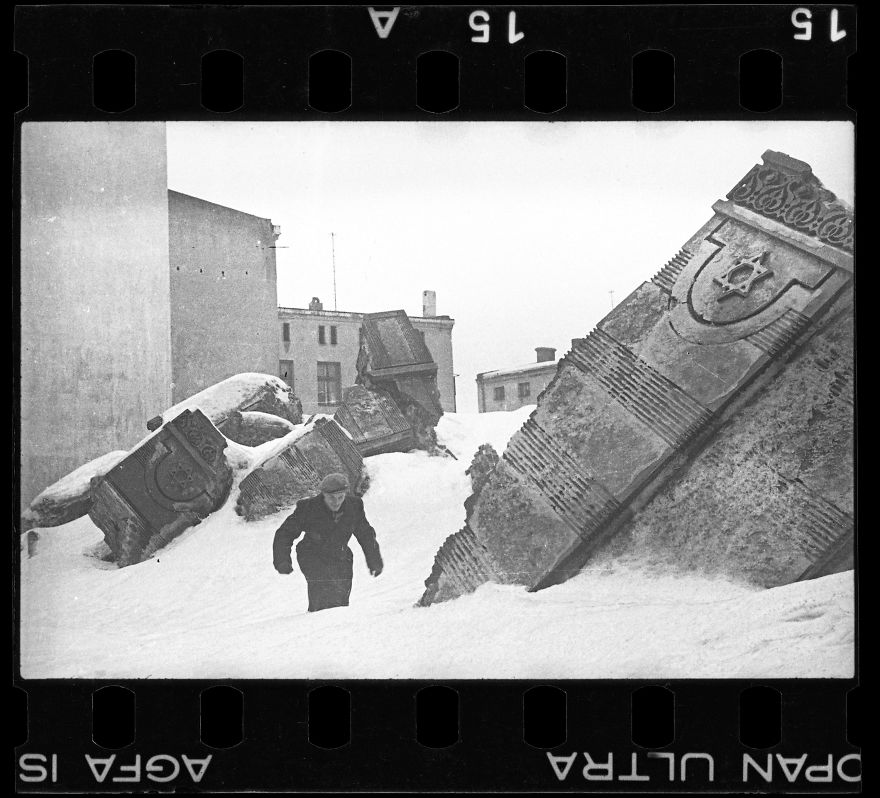
5. A Woman Hugs her Child (1940-1942)
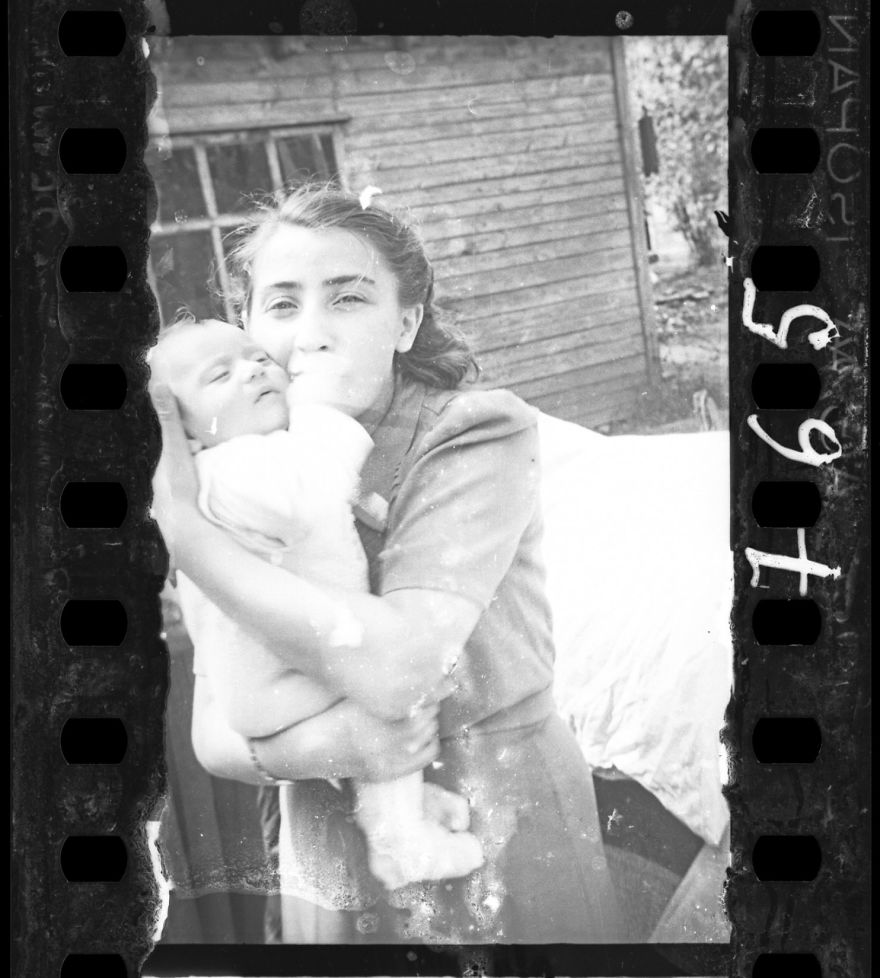
Although many of these pictures depict dark subjects, some of them like this one reflect the hope and love that was still found in these ghettos at the time.
6. Old Food Pails and Dishes of Residents Sent to Death Camps (1944)
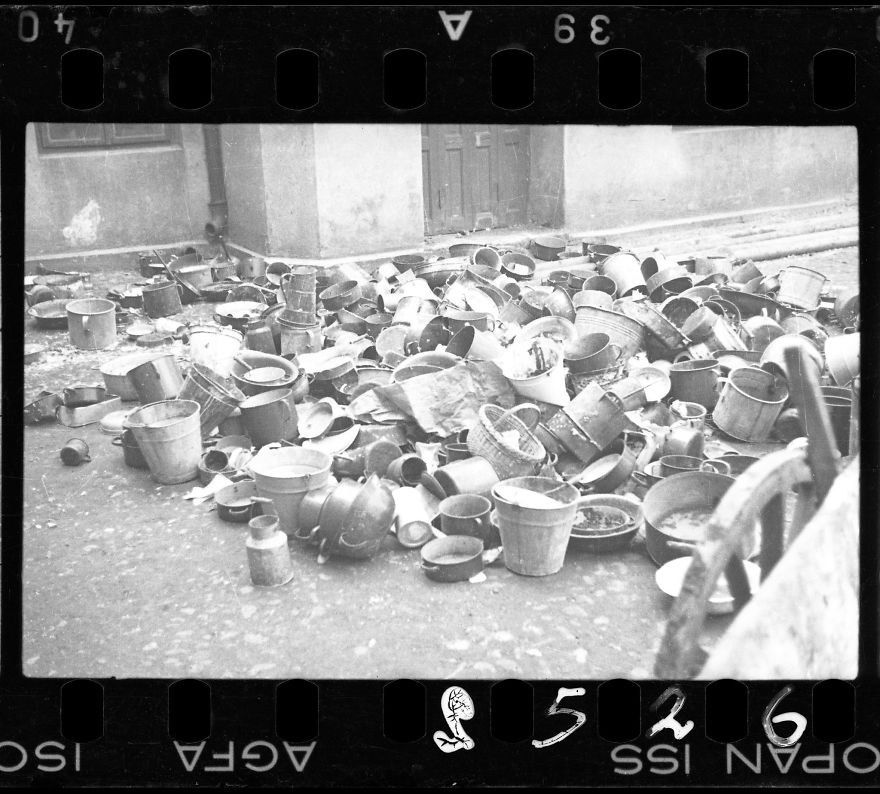
7. Sign for a Jewish Residential Area (1940-1944)
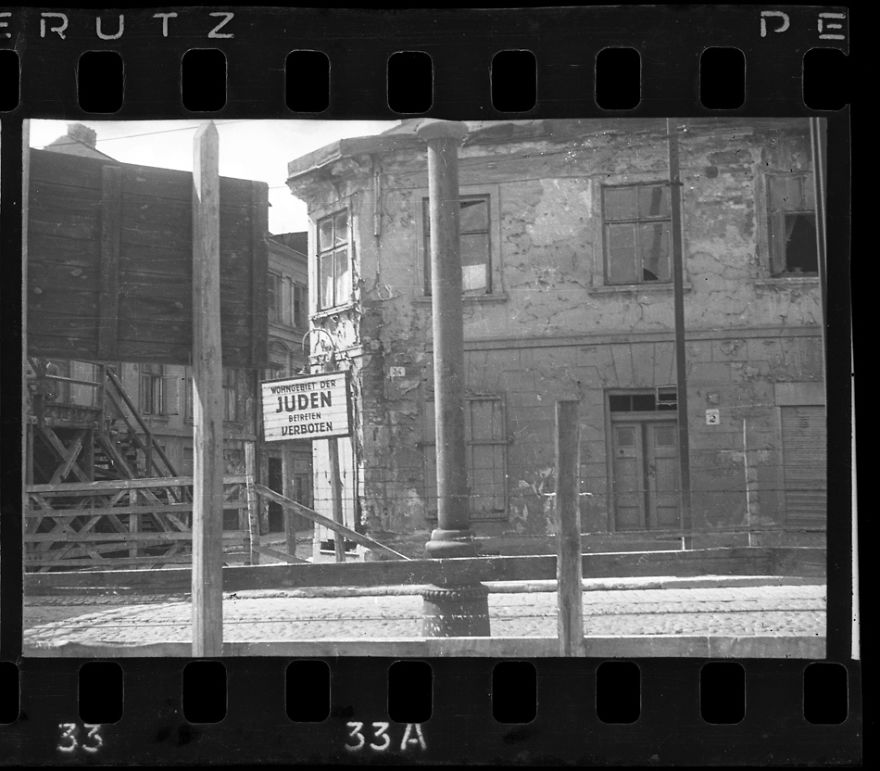
8. Rallying Point at Lodz Ghetto Prison (1940-1942)
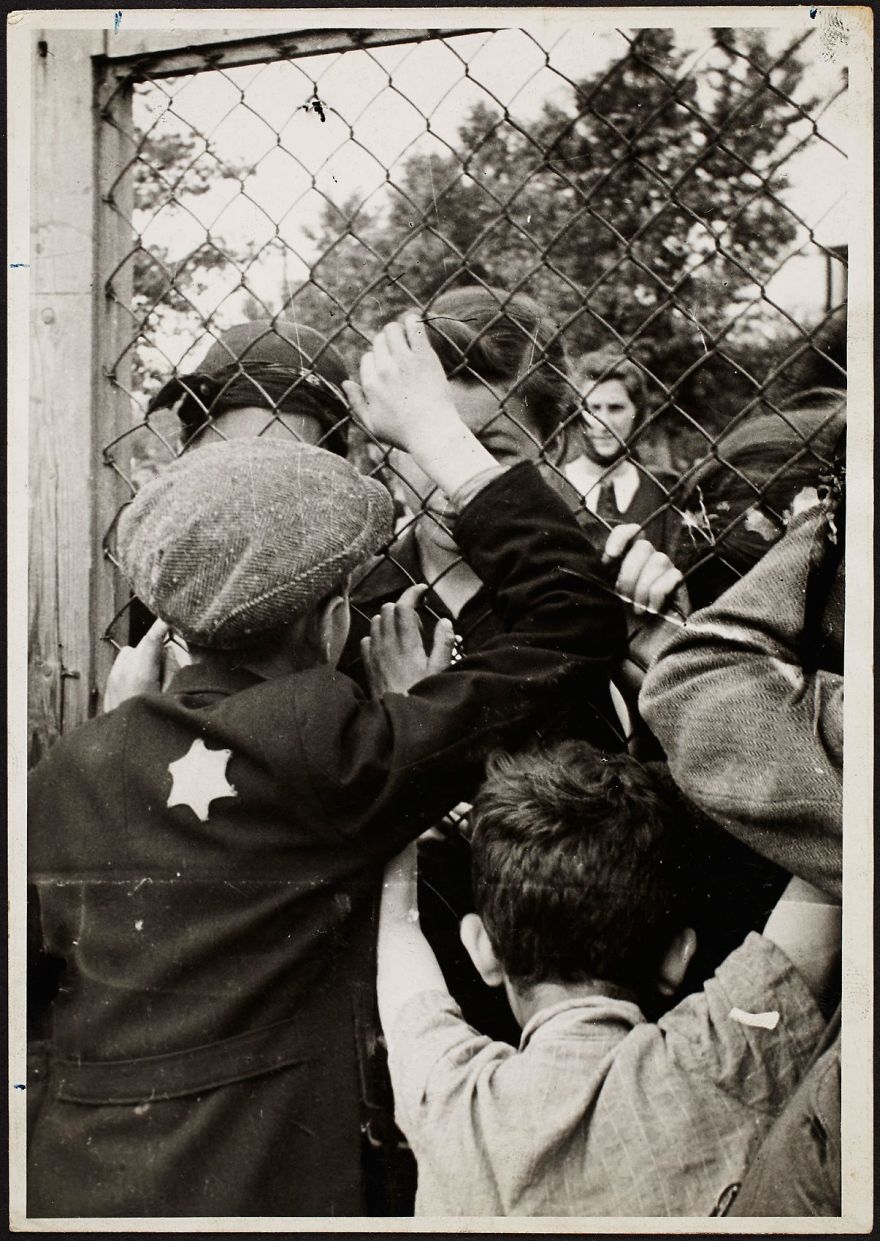
Other photos are more painful to behold. This one captures the pain and the longing of families and friends who were unjustly separated.
9. Ghetto Wedding (1940-1944)
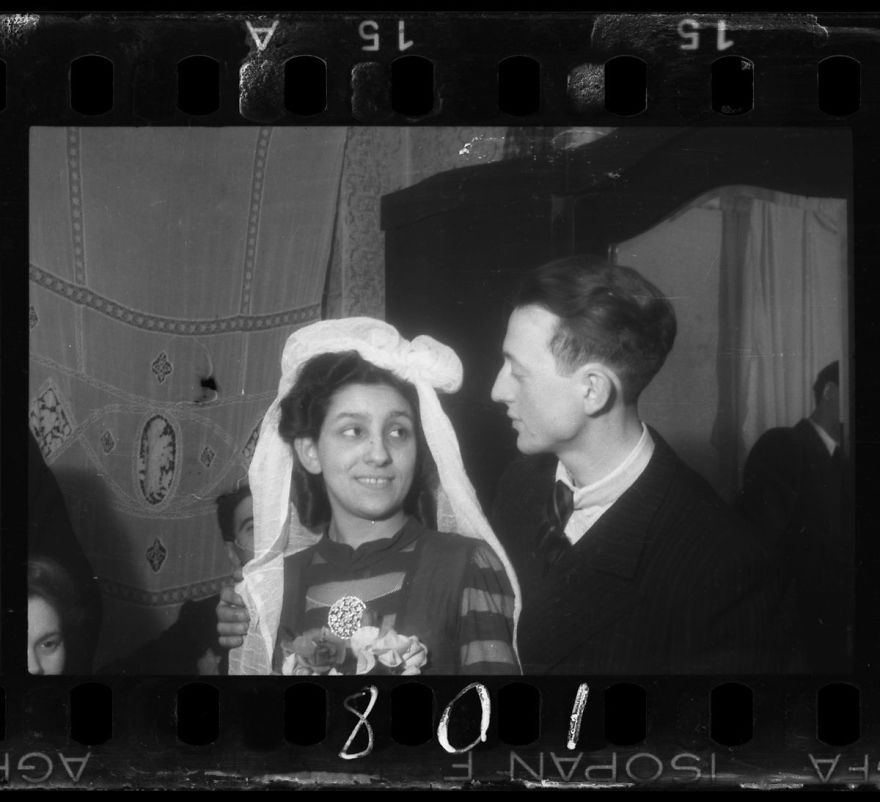
10. A Boy in a Doorway Swing (1940-1944)
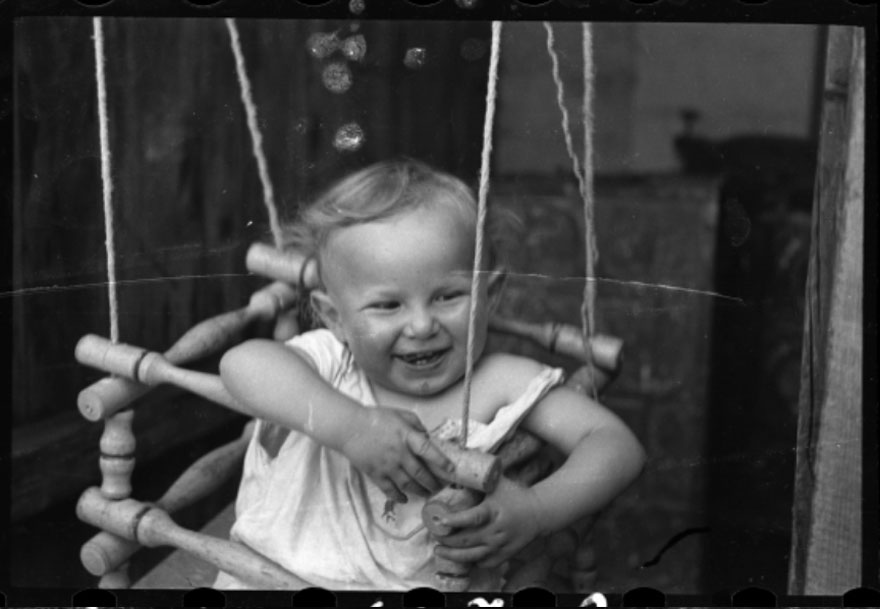
11. Portrait of a Little Girl (1940-1944)
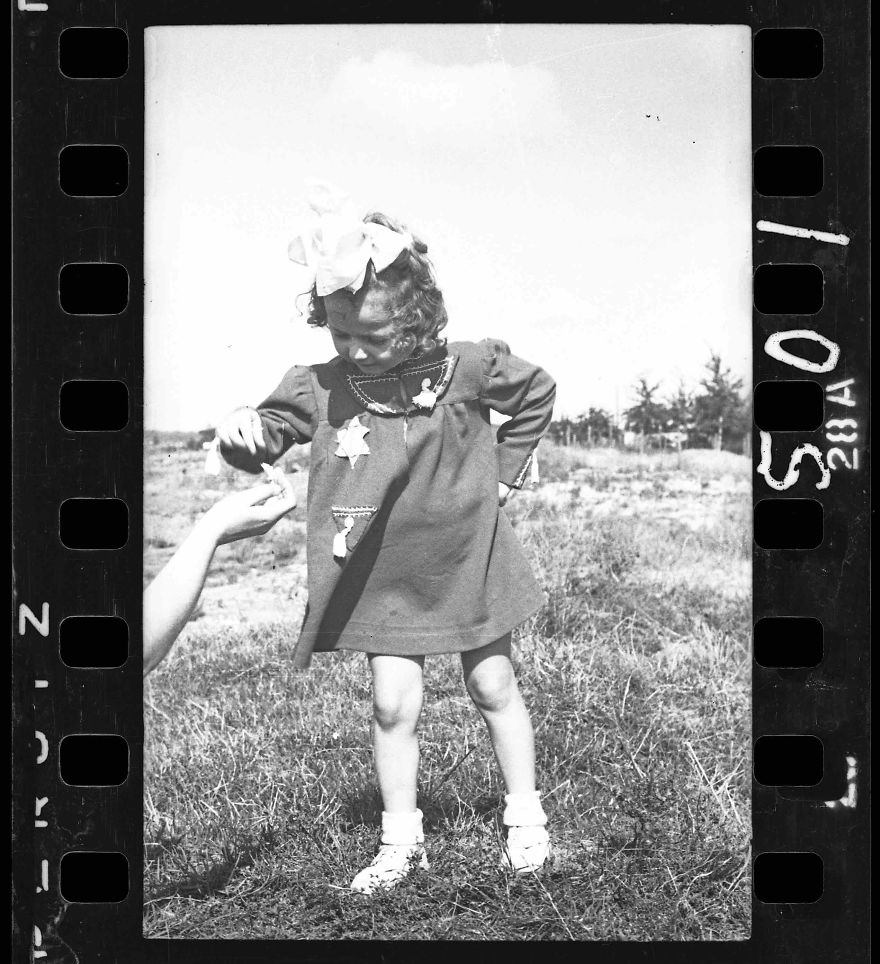
12. Children Being Transported to a Death Camp (1942)
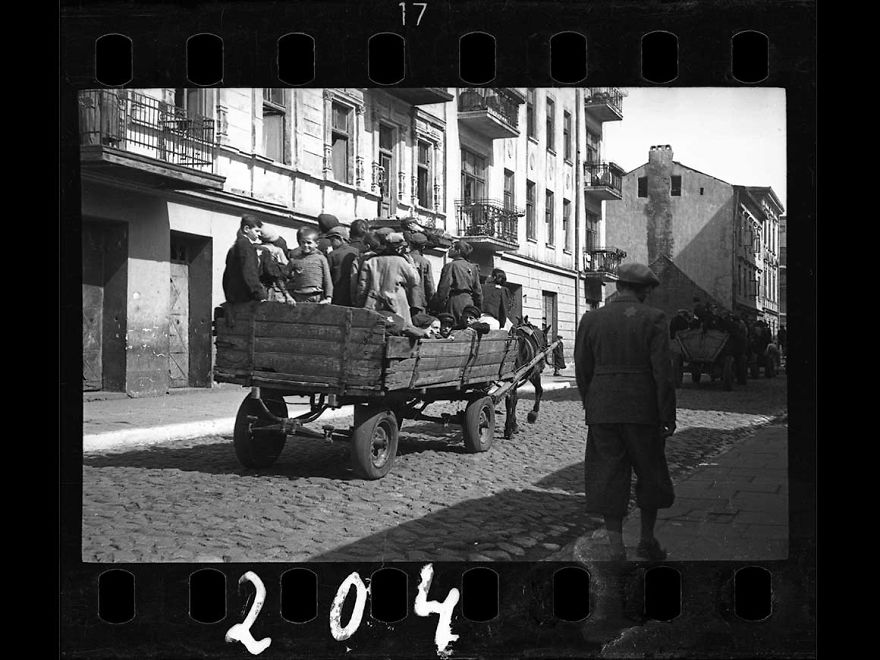
Although many of Ross’s photographs depict extreme evil and human suffering, they also reflect the quiet dignity of their subjects. Throughout all of them, Ross attempts to preserve the memory of those who were forced to suffer at the hands of the Nazis. Still, there are many more photos as well, all of which are now hanging in a collection in the Art Gallery of Ontario.
Aside from the bravery and daring required to capture some of these images, Ross’s project is a testament to art’s power in standing up against corruption. As a direct result of Ross’s work, later generations can see exactly what was happening during the Holocaust for themselves—and hopefully take it as a lesson to be more vigilant in the future. Click here to see more of Ross’s photography or pay a visit to Ontario yourself if you’re feeling particularly bold.
Please Liked Video this with your friends and family.
